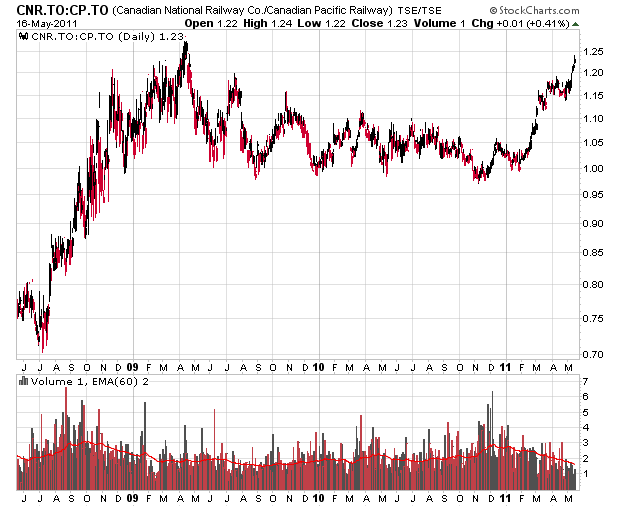Philip H. Howard, a professor at a university in the state of Michigan, wrote a paper dealing with the structure of the soft drink industry. He determined that when you link the variety of brands back to their parent companies, three companies controlled 89% of the scene given a retail sample in Lansing, Michigan (the state capital, metropolitan area population of approximately half a million people).
When reading the paper, strictly from an economics standpoint, leads me to ask two questions:
1. If you are invested in the industry (e.g. in Coke or Pepsi), how likely is it that the industry will continue to be entrenched as-is for the indefinite future? Warren Buffett made a large bet that it will be. How can a company such as Coca Cola destroy its own brand?
2. If you are a potential competitor to the industry, how do you break into the field and still make money? The industry is quite self-protective and will purchase or destroy competitors, as appropriate – they have plenty of tools to doing so, such as purchasing optimal shelf space at grocery chains, etc. Witness Jones Soda (Nasdaq: JSDA) for an example when you get on the radar of the majors.
Note that there are similar industries in nature – in particular, tobacco and liquor distribution come to mind. Tobacco is an industry that is almost impossible for a newcomer to break into the field because of government protection. Liquor is somewhat less restrictive, but the only real breakthroughs have been with beer and wine as opposed to hard liquor.
